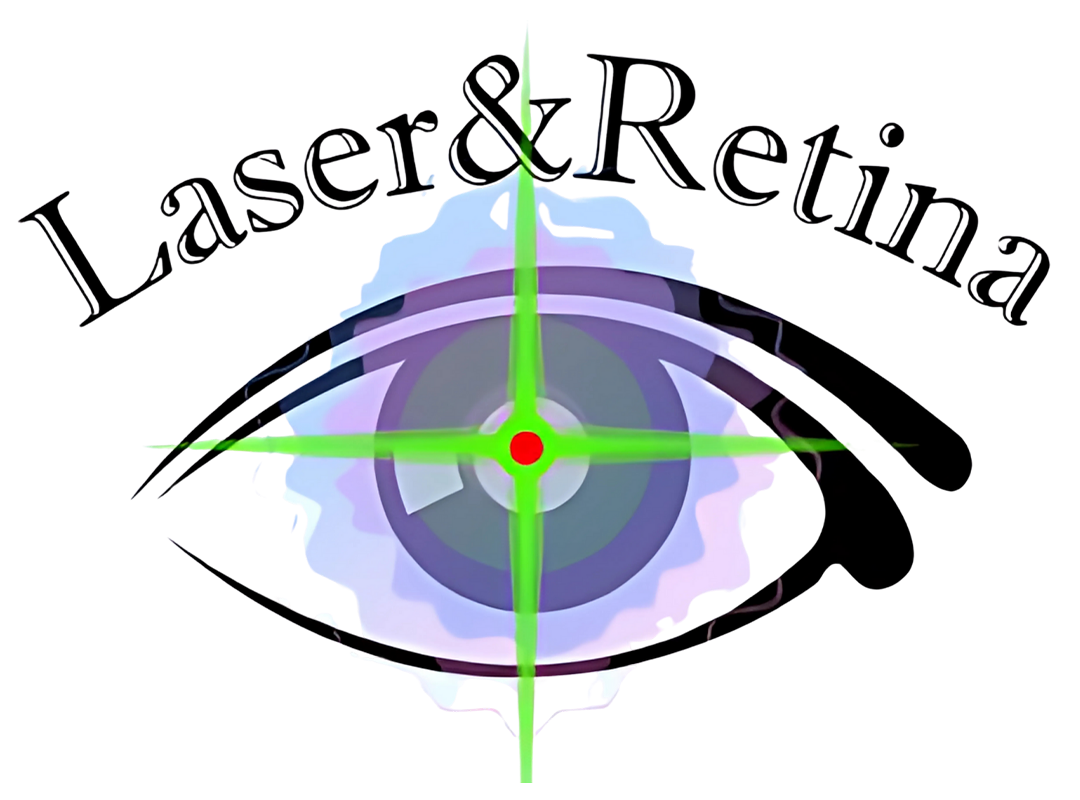Uveitis and Ocular Immunological Reactions
What is Uveitis?
Uveitis is inflammation of the uvea, the middle layer of the eye that includes the iris, ciliary body, and choroid. This condition can affect one or both eyes and may develop suddenly or progress slowly over time. Uveitis is not a single disease — it’s a clinical sign that may result from a wide variety of underlying causes, ranging from infections to autoimmune diseases.
Types of Uveitis include:
1. Anterior Uveitis (iritis) – affects the front part of the uvea (most common)
2. Intermediate Uveitis – involves the vitreous and peripheral retina
3. Posterior Uveitis – affects the retina and choroid
4. Panuveitis – inflammation involving all parts of the uvea
Comprehensive eye care
- Uveitis and Ocular Immunological Reactions
- Neuro Ophthalmology
- Digital Eye Strain
- Dry Eye Management
- Amblyopia / Lazy Eye Management
- Epiphora / Watery Eyes
Common Symptoms
- Eye redness and pain
- Blurred vision
- Sensitivity to light (photophobia)
- Floaters or dark spots in vision
- Decreased visual acuity
Prompt diagnosis and treatment are essential to prevent vision loss.
Ocular Immunological Reactions
The eye, although considered an “immune-privileged” site, can be affected by systemic immune dysregulation. Autoimmune and inflammatory diseases can manifest in the eye in various forms, such as:
- Non-infectious autoimmune uveitis (e.g., in sarcoidosis, Behçet’s disease, or HLA-B27–related disease)
- Vogt-Koyanagi-Harada (VKH) syndrome
- Sympathetic ophthalmia
- Ocular manifestations of systemic lupus erythematosus, rheumatoid arthritis, or multiple sclerosis
These conditions occur when the immune system mistakenly attacks healthy tissues in the eye, leading to inflammation and possible tissue damage.
Diagnosis & Treatment
Diagnosis typically involves a comprehensive eye exam, imaging (such as OCT or fluorescein angiography), and often blood tests or systemic evaluations to identify the underlying cause.
Treatment may include:
- Topical or systemic corticosteroids
- Immunosuppressive medications (e.g., methotrexate, azathioprine)
- Biologic agents in complex cases
- Antimicrobial therapy if an infectious cause is identified
At NMC Royal Hospital Sharjah we provides a multidisciplinary approach, working closely with rheumatologists and immunologists when needed, to manage complex uveitis cases and prevent long-term complications.
Common Neuro-Ophthalmological Disorders
What is Neuro-Ophthalmology?
Neuro-ophthalmology bridges the fields of neurology and ophthalmology, focusing on visual problems related to the brain, optic nerve, and eye movement pathways. These conditions may not originate in the eyes themselves, but they often present with visual symptoms — sometimes as the first sign of a neurological or systemic issue.
Common Disorders We Diagnose and Manage
1. Optic Neuritis
- Inflammation of the optic nerve, often presenting with sudden vision loss, pain with eye movement, and color vision changes.
- Frequently associated with multiple sclerosis (MS) or other demyelinating diseases.
2. Papilledema
- Swelling of the optic disc due to raised intracranial pressure.
- Can be caused by brain tumors, cerebral venous sinus thrombosis, or idiopathic intracranial hypertension.
- Symptoms include headache, transient visual obscurations, and double vision.
3. Ischemic Optic Neuropathy
- Damage to the optic nerve from reduced blood supply.
- Divided into arteritic (e.g., giant cell arteritis) and non-arteritic forms.
- Sudden painless vision loss is a hallmark feature.
4. Visual Field Defects
- Caused by lesions anywhere along the visual pathway, from the retina to the occipital cortex.
- May indicate stroke, brain tumors, or compressive lesions.
5. Ocular Myasthenia Gravis
- An autoimmune condition affecting neuromuscular transmission, causing ptosis (drooping eyelids) and variable double vision.
- Diagnosis is clinical and may be confirmed with blood tests, ice pack tests, or electromyography.
6. Cranial Nerve Palsies (III, IV, VI)
- Result in eye movement disorders and diplopia (double vision).
- Causes range from vascular issues (e.g., diabetes, hypertension) to tumors, trauma, or aneurysms.
7. Nystagmus and Ocular Motor Disorders
- Involuntary eye movements due to central nervous system dysfunction.
- May indicate cerebellar disease, vestibular disorders, or brainstem pathology.
8. Neurodegenerative and Systemic Diseases
- Conditions like Parkinson’s disease, multiple sclerosis, and thyroid eye disease can have ocular manifestations.
- Regular neuro-ophthalmic evaluation helps in early detection and management.
Evaluation and Management
Diagnosis often requires a detailed eye examination, visual field testing, neuroimaging (MRI or CT), and sometimes lumbar puncture or blood work to uncover systemic associations.
We emphasize:
- Early identification of life-threatening or vision-threatening conditions
- Collaborative care with neurologists, neurosurgeons, and internists
- Personalized management plans tailored to the underlying cause
If you’d like, I can also write a simpler, patient-oriented version or tailor this for a referral page. Want me to do that next?
Comprehensive eye care
- Uveitis and Ocular Immunological Reactions
- Neuro Ophthalmology
- Digital Eye Strain
- Dry Eye Management
- Amblyopia / Lazy Eye Management
- Epiphora / Watery Eyes
